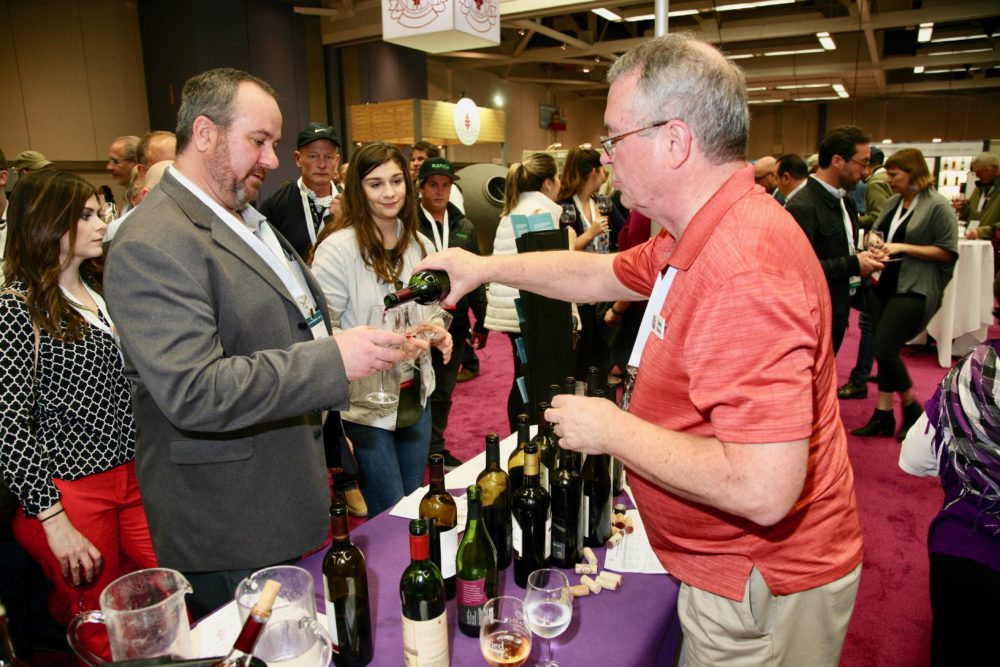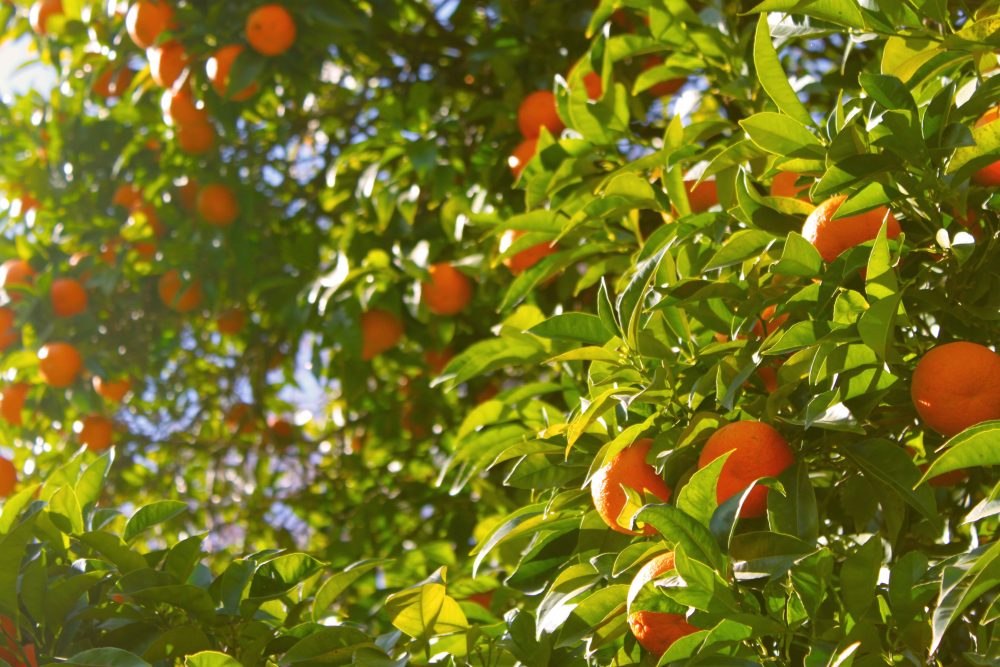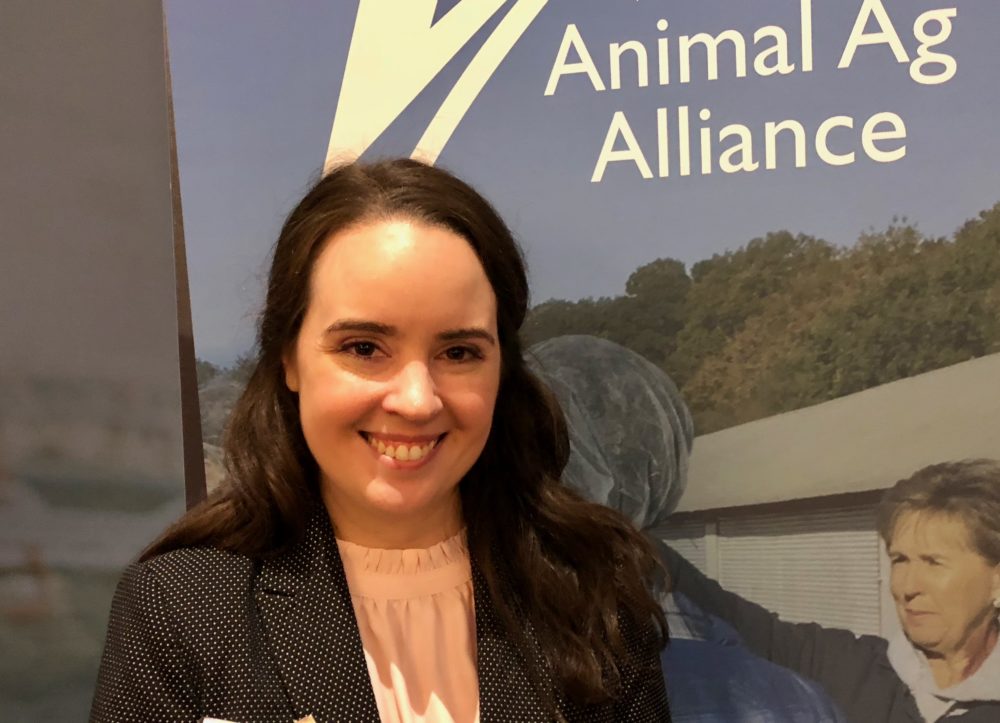Big Exports Numbers Mean Big Responsibilities for California
California Exported $20 Billion in Food Products in 2016
By Mikenzi Meyers, Associate Editor
It’s no secret that California’s agricultural exports are a huge part of the state’s economy—but to put it in perspective, over $20 billion worth of food and agricultural products were exported in 2016 alone (the latest figures). With numbers like these, people like Glen Roberts of the U.S. Department of Commerce and International Trade Administration are kept busy.
Roberts, who is part of the Global Markets sector and based in Fresno, not only works with what he calls “easy” exports like Mexico and Canada, but other places across the globe, shipping anything and everything from food to machinery.
When it comes to his role in California, Roberts explained, “Our office covers from the top of the Grapevine, Kern County, all the way up to Stanislaus County from San Louis Obispo over to Nevada.”
His sector, which handles more of the commercial side of things, acts as a gateway to other government programs that help out with international trade.
Although Roberts’ main focus is commercial, he’s still one of the go-to guys in agriculture exports.
“What happened when the almond prices dropped? I got the calls because Foreign Ag Service doesn’t handle contractual disputes,” he said.
Roberts further added, “I had to help out our local almond growers because the buyers didn’t want to pay the higher contracted price. They wanted to buy the new lower market price.”


























